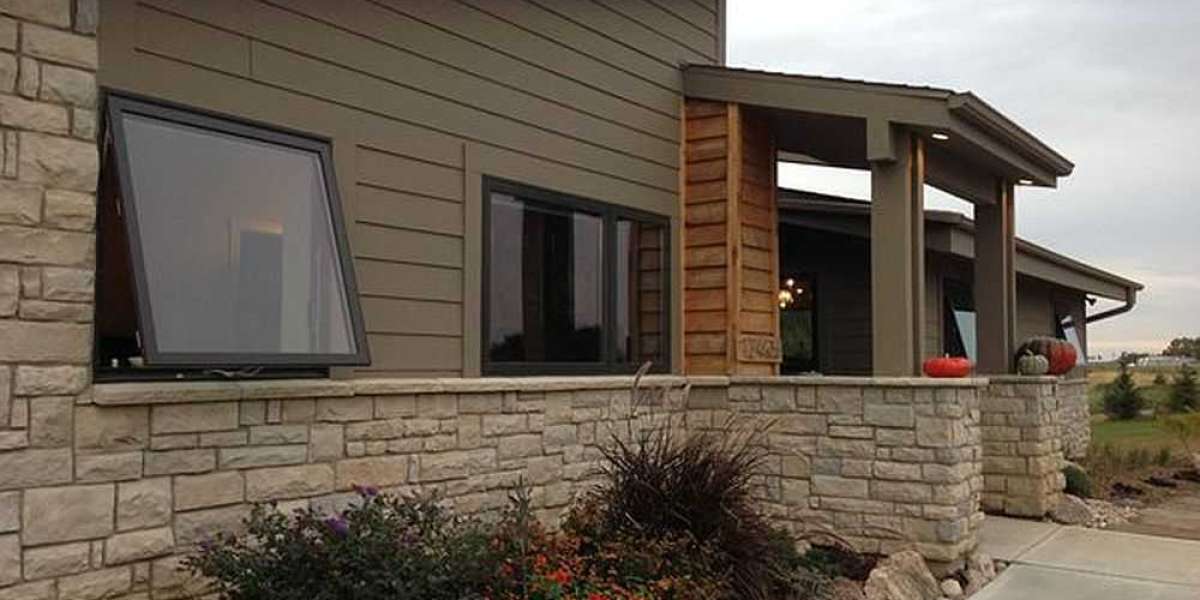In the quest for environmentally friendly building materials, fiberglass windows have emerged as a popular choice. Renowned for their durability, energy efficiency, and sleek design, these windows seem to tick all the boxes for the eco-conscious homeowner. However, as we peel back the layers of the fiberglass story, we must ask: Are fiberglass windows a true environmental hero, or are they merely a glass illusion?
Heroic Traits of Fiberglass Windows:
Fiberglass windows have garnered acclaim for their impressive qualities. Composed of finely woven glass fibers, they boast exceptional strength and resistance to weathering. The material's low thermal conductivity contributes to excellent insulation, making fiberglass windows an energy-efficient option for homes. These qualities have positioned fiberglass windows as a hero in the fight against energy waste and environmental degradation.
Energy Efficiency: A Key Player
One of the standout features of fiberglass windows is their role in enhancing energy efficiency. The tight weave of glass fibers reduces heat transfer, helping to maintain comfortable indoor temperatures and reduce reliance on heating and cooling systems. This energy-saving characteristic not only benefits homeowners but also contributes to a reduction in overall energy consumption, aligning with the broader environmental goals of sustainability.
Durability and Longevity:
Fiberglass windows are celebrated for their longevity and resistance to common issues like rot, warp, and corrosion. Unlike traditional materials such as wood, fiberglass stands strong against the elements, requiring minimal maintenance over the years. The extended lifespan of fiberglass windows contributes to a reduction in the frequency of replacements, minimizing the environmental impact associated with manufacturing and disposal.
Unraveling the Glass Facade:
While fiberglass windows exhibit commendable qualities, it is crucial to acknowledge potential environmental illusions. The production process of fiberglass involves energy-intensive procedures and the use of raw materials like silica sand. Furthermore, the resin used in manufacturing may contain chemicals that pose environmental concerns. These factors raise questions about the overall environmental impact of fiberglass windows.
End-of-Life Challenges:
As with any building material, the end-of-life considerations for fiberglass windows are paramount. Despite their durability, windows will eventually need replacement. The challenge lies in the disposal or recycling of fiberglass materials, as the traditional methods may contribute to landfill waste. Addressing these challenges is crucial to ensure that fiberglass windows truly live up to their environmental hero status.
Exploring Alternatives:
As the debate surrounding the sustainability of fiberglass windows unfolds, it prompts us to consider alternative materials. Wood, a renewable resource, and emerging composite materials with recycled content are potential contenders. Exploring these alternatives may provide a more comprehensive understanding of the environmental impact of various window choices.
Conclusion:
Fiberglass windows, with their impressive qualities and energy-efficient attributes, have certainly earned their place in the building industry. However, it is essential to scrutinize the entire lifecycle of these windows and unravel any environmental illusions. As we strive for true environmental heroes in construction materials, the journey towards sustainability requires a careful evaluation of the balance between functionality, durability, and ecological responsibility. The quest for the perfect window continues, challenging manufacturers and consumers alike to make choices that align with a genuinely sustainable future.



